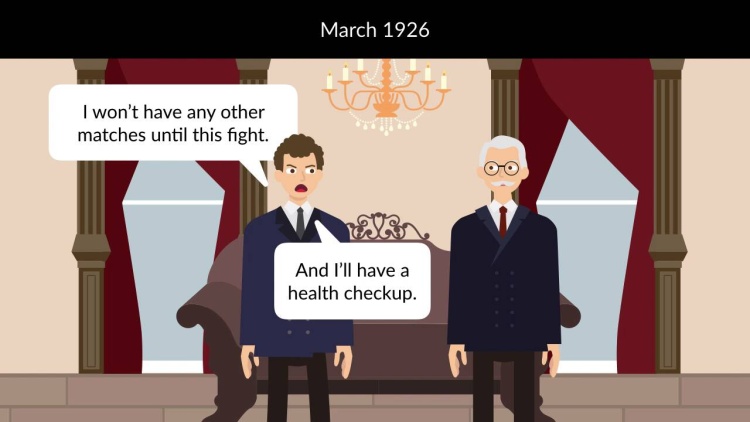Chicago Coliseum Club v. Dempsey
Illinois Appellate Court
265 Ill.App. 542 (1932)

- Written by Sean Carroll, JD
Facts
Chicago Coliseum Club (Coliseum) (plaintiff) entered into a contract with boxer Harry Wills, and subsequently, a separate contract with Jack Dempsey (defendant). The contracts stated that Wills and Dempsey would fight for the heavyweight championship sometime in September 1926. Under the contracts, Coliseum was to promote the fight. After the contracts were signed, Coliseum paid $10 to Dempsey and $300 to a stadium architect to design the layout of the ring. Subsequently, Coliseum entered into a third contract with Andrew Weisberg. Under the Weisberg contract, Weisberg was directed to help in the promotion of the fight, including securing accommodations for spectators and the arena. Weisberg was to incur the costs of this promotion and was to be reimbursed and paid from ticket sales from the fight. In July 1926, Coliseum sent Dempsey a letter asking him to submit to a prefight examination for insurance purposes. Dempsey responded that he was training for a different fight, against Gene Tunney, and that he would not be honoring the agreement with Coliseum. Coliseum brought suit in an Indiana court, seeking to enjoin Dempsey from fighting Tunney. The court granted the injunction. Coliseum also brought suit in an Illinois court for the following damages: (1) loss of profits; (2) expenses incurred prior to signing the agreement with Dempsey, meaning expenses incurred in signing the contract with Wills; (3) expenses incurred in attempting to stop Dempsey from fighting Tunney; and (4) expenses incurred after the Dempsey contract was signed but before Dempsey’s breach.
Rule of Law
Issue
Holding and Reasoning (Wilson, J.)
What to do next…
Here's why 899,000 law students have relied on our case briefs:
- Written by law professors and practitioners, not other law students. 47,000 briefs, keyed to 994 casebooks. Top-notch customer support.
- The right amount of information, includes the facts, issues, rule of law, holding and reasoning, and any concurrences and dissents.
- Access in your classes, works on your mobile and tablet. Massive library of related video lessons and high quality multiple-choice questions.
- Easy to use, uniform format for every case brief. Written in plain English, not in legalese. Our briefs summarize and simplify; they don’t just repeat the court’s language.





